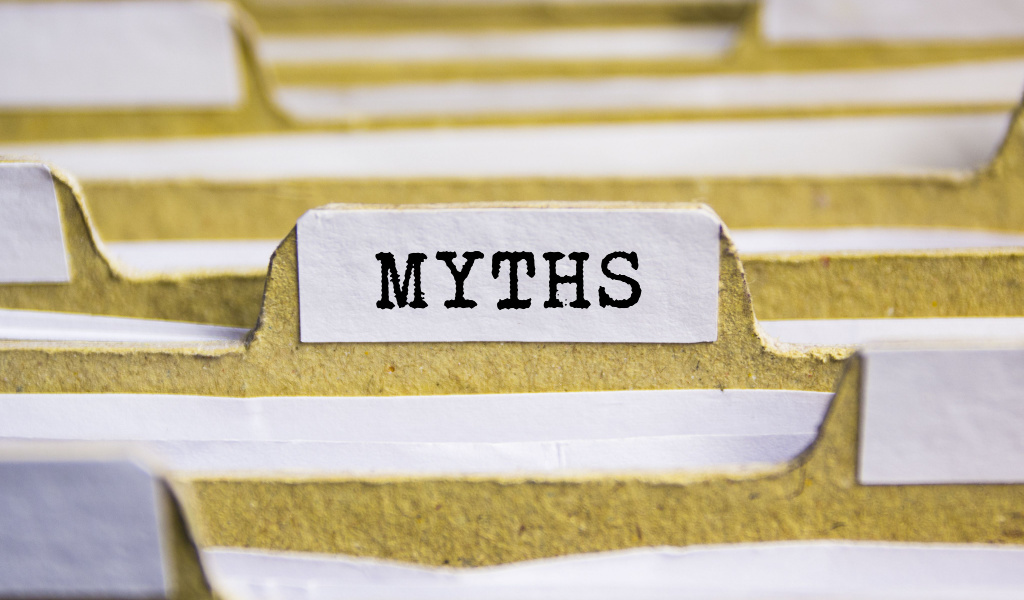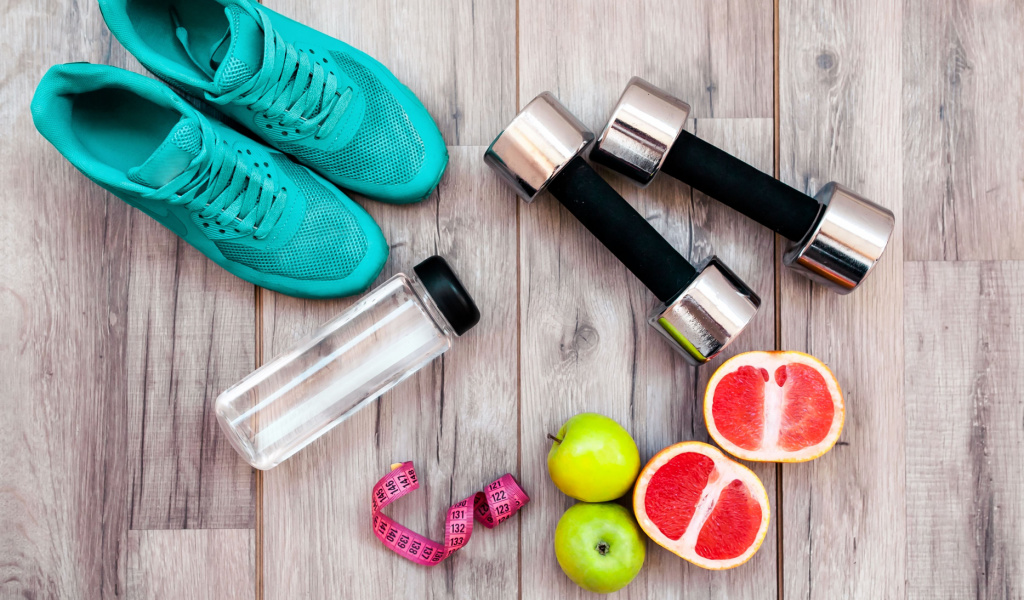Discard these unhealthy workout myths, and discover the truth!

It is so simple to get sucked into hearing what other people at the gym or in your friend circle are saying works for them or not. This can be extremely confusing and unhelpful, to say the least! That’s why we’ve spoken with an expert and gathered some information that you can trust.
Dr. Mike Bohl, the Director of Medical Content & Education at Ro and a certified personal trainer, who has analyzed some of the most prevalent myths around exercise, is here to eliminate them.
Dr. Bohl explains, “Depending upon your goals, you have so many different methods to exercise. Familiar goals comprise shedding fat, building muscles, improving any particular type of athletic skill, maintaining a baseline level of functionality, getting stronger, improving joint flexibility, and more. The exercise which suits you best may not be the best for somebody else if you both don’t have the same goal.”
Whether you’re here to learn about losing weight or getting rock-hard abs, we’re going to share some intriguing facts and dispel some myths that should help you along. Before we get started, let’s emphasize that the most crucial part of exercising is figuring out what works best for you. You should never be afraid to talk to a personal trainer about any worries or misunderstandings.
Here are 6 fascinating truths and harmful workout misconceptions.
Myth 1: Spot Reduction in Specific Areas of the Body
The concept of spot reduction follows the false belief that there is the capacity to train a specific muscle to lose weight in that particular area of the body. Many people are probably familiar with this workout myth and may even believe it to be true.
Dr. Bohl says, “When you work out and burn calories, you lose fat from all your body parts- not just from the fat that’s nearest to the muscles you used.” He also illustrates this concept with an example, saying, “Some individuals believe that performing crunches will reduce belly fat, or doing an arm workout will drop arm fat. But the process of the body burning fat and converting it into energy doesn’t work this way.”
Every person’s genetic makeup controls where and how their body stores subcutaneous fat (the layer of fat that is stored just below the skin) and what fat stores are used for energy. So, spot training doesn’t work because your body utilizes fat for energy from all over the body and not only from the area being used to carry out an action.
Myth 2: Get A Six-Pack by Doing Crunches and Sit-Ups
Both crunches and sit-ups are easy exercises you can do anywhere and anytime. It’s true that both of these are common exercises that are meant to tone your abdominal muscles, so what about a six-pack then? All right, according to Dr. Bohl “, this is more related to your body fat percentage. While a righteous ab workout doesn’t impair, the finest ways to obtain visible abs are dieting and reducing the layer of fat that rests over the abdominal muscles,” he explains.
Myth 3: Working Out Is the Only Efficient Way to Lose Weight
There is no negative aspect when you adhere to a habitual workout. Surely, it helps you stay strong, improves your cardiovascular health, keeps you away from many diseases, and burns more calories. But Dr. Bohl elucidates that, “The main influence on weight loss actually comes from your diet rather than how much activity you get.” He continues, “Being careful of how many calories you’re ingesting counts more. Exercise does contribute to weight loss, and having more muscle mass also burns more calories.”
Exercise while ignoring your diet just isn’t a good weight loss plan, says exercise physiologist Katie Lawton, MEd.

Myth 4: The More You Sweat, The More You Burn Calories.
Here’s another prevalent workout myth that most people believe to be fact. But, in reality, the amount you sweat is not directly proportional to the number of kilos you lose. Bewildered? Consider this example: on an extremely sunny day you could end up sweating a lot, but while running in your air-conditioned gym on the treadmill, you might not sweat a lot. It seems counterintuitive, but the fitter you are the faster your body is designed to sweat. Therefore, a person who is in extremely good shape will actually produce more sweat than those who aren’t.
Myth 5: BMI Is the Top Indicator of Body Composition
There are so many myths regarding BMI which include low BMI means you are healthy, a high BMI increases your risk of heart attack, and so on. But at the same time, a common comment made by experts is that “BMI is flawed”.
According to Dr. Bohl, “BMI is calculated as a person’s weight in kilograms divided by their height in meters squared. Computing body mass index is one of the most approved methods to estimate body composition very easily.” He adds, “The purpose of BMI is to identify whether someone is underweight, healthy weight, overweight, or has obesity in the field of medicine. Although BMI is useful as a quick screening tool to calculate body composition, it is not more precise. For an instance, BMI fails to differentiate between how much muscles vs how much fat you have. So few people have high BMIs but don’t have much body fat this is because their muscle tissue pushes up their weight.”
If you want to know about your body composition, there are so many ways you can try. For example, Dr. Bohl says “you can take outline measurements of your different body parts, you can attempt a body fat scale, which passes an electric current through your body; skinfold calipers, which squeeze your skin on various parts of your body; hydrostatic weighing, which involves weighing you when you are immersed in water.”
Myth 6: It’s Important To Perform Static Stretching Before Working Out
The final exercise myth relates to static stretching. Stretching is undoubtedly a crucial component of fitness. Your range of motion, posture, and gross performance can all benefit from stretching.
However, Dr. Bohl clarifies that there are various types of stretching. According to him, “before exercise people shouldn’t stretch in a static manner – that is, by moving into a position and holding it for at least 30 seconds. Instead, people should perform dynamic stretching prior to exercising. Active motions known as dynamic stretches train muscles through their range of motion and prepare them for exercise. Static stretching might be advantageous for the body and reset the muscles during the cool-down phase after an exercise.”
Conclusion
These workout myths are only the tip of the iceberg. There exist numerous widely held assumptions regarding exercise that are controversial, if not entirely wrong. Many myths are still being investigated, offering medical professionals and scientists the information they need to advise patients and the general public on how to maximize their workouts without injuring themselves or giving up after becoming discouraged. We hope we have helped clarify some of those myths for you, so focus on the true dos and don’ts of exercise and get moving!



